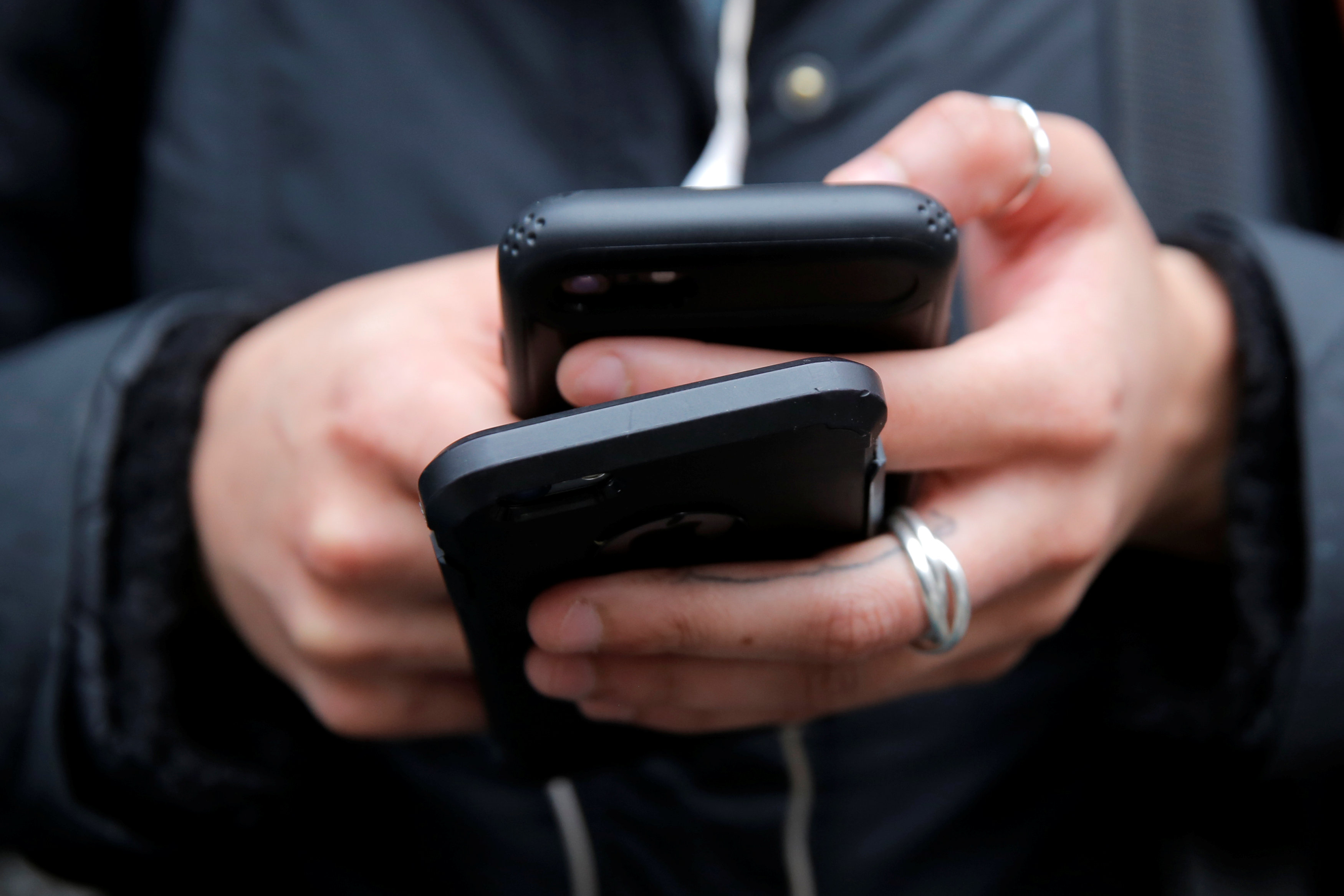US study: Linking exposure to high levels of mobile phone radiation and injury of male rats to cancer

NEW YORK (Reuters Health) - Male mice exposed to very high levels of the same type of radiation from mobile phones have cancer in the tissues around their hearts, according to a draft report by US researchers on possible health risks for mobile phones.
The initial report of the US National Program on Toxicology, part of the National Institute of Environmental Health Sciences, said that female rats exposed in the same way did not develop cancer.
These results are added to years of research aimed at helping to settle the debate on whether mobile phone radiation is harmful.
Scientists at the US National Program on Toxicology and the US Food and Drug Administration said on Friday that although these findings are interesting, they can not be extrapolated to humans. They pointed out that animal studies are intended to test the maximum exposure to mobile phone radiation and that current limits on safety of mobile radiation provide protection.
But these two 10-year studies, which cost $ 25 million, raise new questions about exposure to these widespread devices.
In both studies, about 6 percent of male rats, whose entire body exhibits the highest level of mobile radiation, had a rare type of cancer in nerve tissue near the heart, while non-irradiated animals did not infect the cancer.
"The interesting part is that the type of cancer we have seen is similar to cancer, which has been observed for some time in some pathology studies in mobile users," said John Butcher, a senior scientist at the US National Institute of Toxicology.
"Of course, this cancer was in the nerves in the ear and next to the brain, but the cancers were similar to what we saw in the heart."
Dr Otis Brawelly, senior medical officer at the American Cancer Society, said the studies were negative for common cancers.
"The drafts are expected to raise serious concerns, but in fact they will not change what I'm saying to people," he said. "Evidence of a link between cell phones and cancer is weak and so far we have not seen a major risk of cancer in humans."
If mobile users are concerned about these findings, animals should use headphones, Braoyley said.
Unlike ionizing radiation such as gamma rays and x-rays, which can damage chemical bonds in the body and are known to cause cancer, devices that emit radio frequencies such as loaded phones and microwaves transmit radio frequency energy, a type of non-ionizing radiation.
The fear of this kind of radiation is that it produces energy in the form of heat and that the exposure of the skin repeatedly so it may change the activity of brain cells as some studies suggest.
The mice were exposed to the US National Toxicology Program for higher levels of radiation for a longer period than humans, even with the highest level of mobile phone use, and all of their bodies were exposed to radiation at the same time, the draft report said.
But it is likely that the effect only appeared in male mice because they are larger and possibly absorbed more radiation than female rats, Butcher said.
The draft report said mobile phones typically emit levels of radiation below the maximum allowed.
Butcher said the radiation of the mobile phone is rapidly dissipating, so the risk, if there is any danger, will be concentrated in parts of the body very close to the device that emits radiation.
These results are designed to help define the design of mobile technology in the future. He said the study had been studied only at frequencies of the second and third generation, which are still commonly used in telephone communications. The study does not apply to the fourth and fifth generation, which use different frequencies.